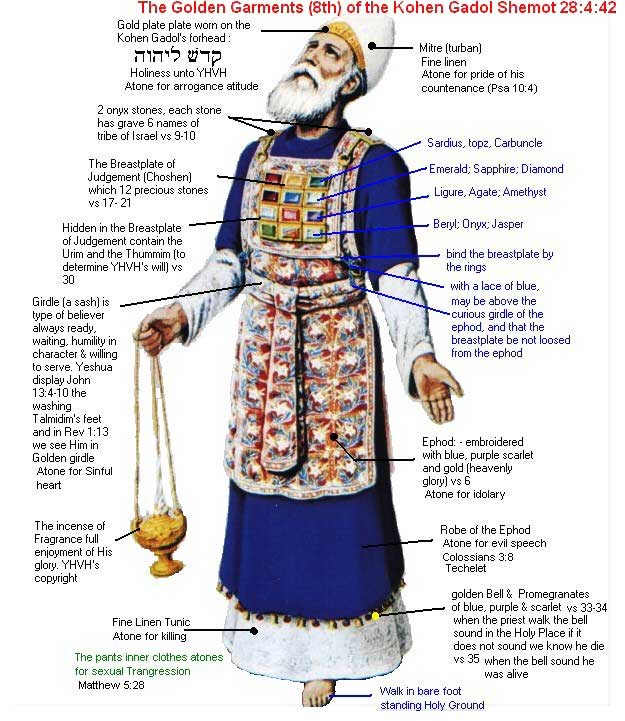The truth is that this often stems from a lack of understanding about
prayer's what, how , why. This blog focuses on Intercessory prayer. But it is good to define the various types of prayer so that one has a clearer picture of WHAT prayer involves and then you know HOW and WHY you pray specifically at a given time/situation. Then we will be able to move on the seeing how all this works via the pattern of the Tabernacle.
Petition vs. Intercession:
Simply put, petition is a form of prayer that asks for something. It is a
"vertical" type of prayer from one person to the Father.
Intercession is both vertical and horizontal in that the one interceeding is standing beside another person, or in a situation( which of course involves people) and before God, on their behalf.
Intercession involves not just asking, but a breaking, and a binding and the use of God given authority to bring freedom from the onslaught of the enemy.
The structure and pattern of the tabernacle is seen in our preparation and practice of intercession. Intercession is a priestly practice.
The first step toward intercession involves one's own heart. A soldier never goes out into battle unprepared. Intercession is both bearing another's burden, and doing battle to see that burden lifted. The preparation begins with your own heart. A pure heart is vital to seeing results in intercession. A time of quietness, reverence and cleansing before the Lord is necessary.
The Lord commanded the priests to put on garments of fine linen, which were created according to His design. These represent the righteousness of Christ. As we accept Christ's sacrifice, we "put on Christ". This was done before any service was rendered.
For the Levites, this garment was a prayer shawl worn over the fine linen; The High priest, the only one permitted to go into the actual presence of God wore very specific garments. Each part is a symbol of our Christian faith and the truths reflected in it.

As they entered the tabernacle, the brazen laver was first seen:
It was a polished metal which created a mirror effect. You were to see
yourself in that laver- your sin and your cleansing. This act of cleansing was a requirement in order to proceed toward the presence of God and
the ministry of the priesthood.
Too often we find ourselves questioning our "unanswered prayers". Could it be because we didn't take the time to reflect, inspect and repent, first?
We just rushed right in and gave a list of petitions, when the Lord was really wanting the act of intercession?
Next in the tabernacle journey is the Brazen Altar.
The Brazen altar represented the sacrifice of Jesus.
There were four horns on the altar- four representing the points of a compass- North, South, East and West. The sacrifice covered all the earth- is available to all men. The horns were the horns of a bull, the highest sacrifice in animals due to its expense. The expression "grabbing onto the horns of the altar" expression comes from this. We lay hold of the gift given in Jesus' sacrifice, one that not even a bull could accomplish- and find forgiveness and freedom from bondage.
You have heard it said that you can lead where you won't go? Well, to intercede for another while you have unresolved sin or bondage will be futile, and most likely lead to great frustration and discouragement.
Those that work in altar ministry should/must know these truths. If everyone who desires to minister to others practiced just these three steps toward the tabernacle, wouldn't we see a great change come over the Body of Christ? How many more positive results to prayer might we find? Selah.
You might be amazed to learn that a great majority of believers minister in their own knowledge and strength and the effect is minimal. The next post will shine light upon God's plan for us to minister in His power and grace!
I would also like to recommend a really intriguing article found HERE.



No comments:
Post a Comment